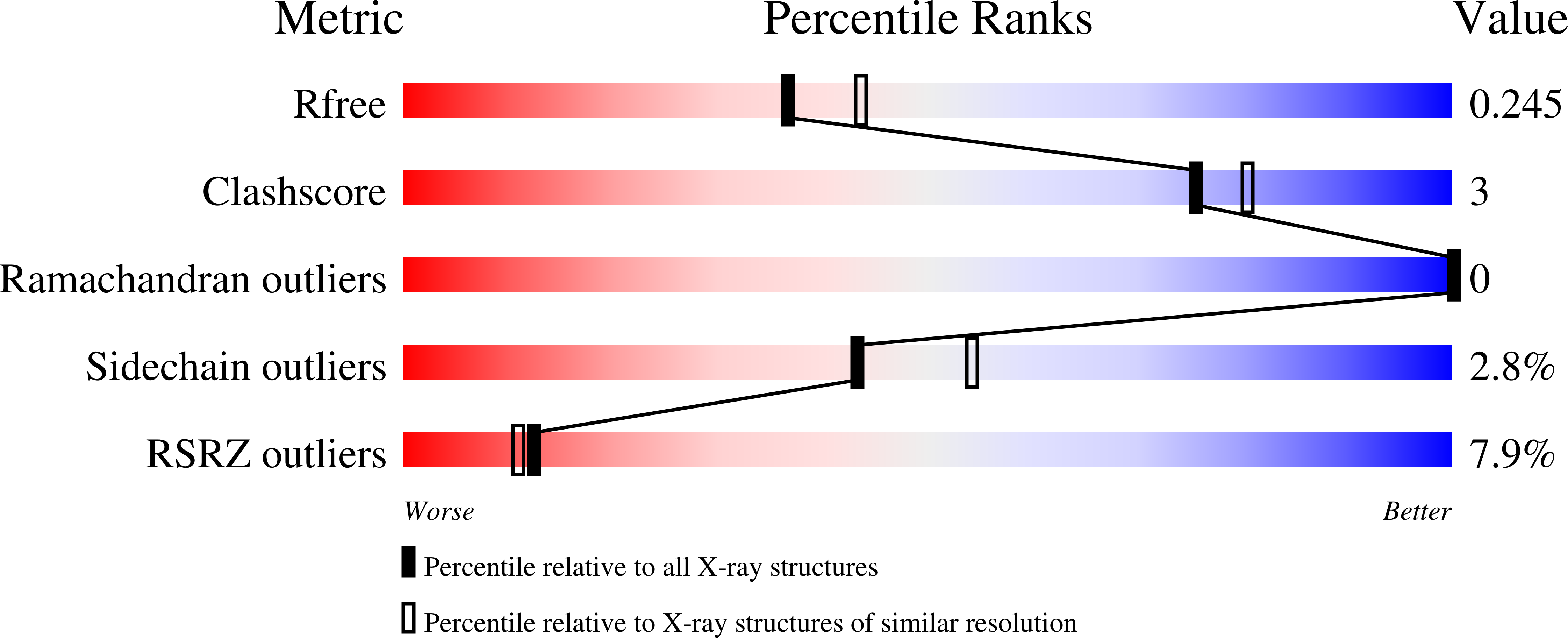
Deposition Date
2022-08-15
Release Date
2023-01-11
Last Version Date
2023-10-25
Method Details:
Experimental Method:
Resolution:
2.22 Å
R-Value Free:
0.25
R-Value Work:
0.21
R-Value Observed:
0.21
Space Group:
P 41 21 2


